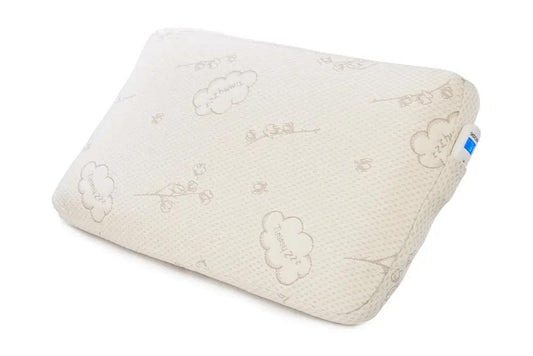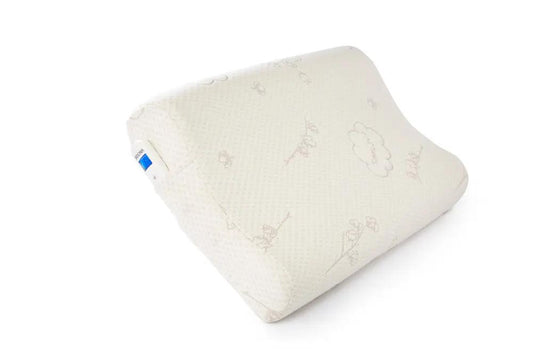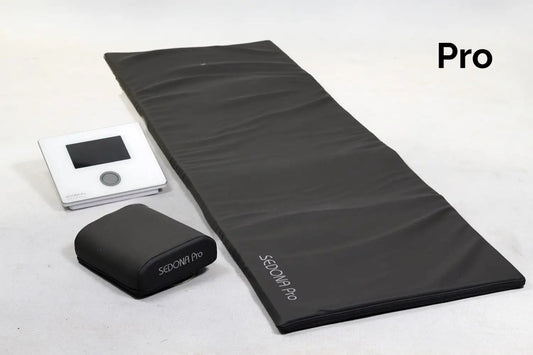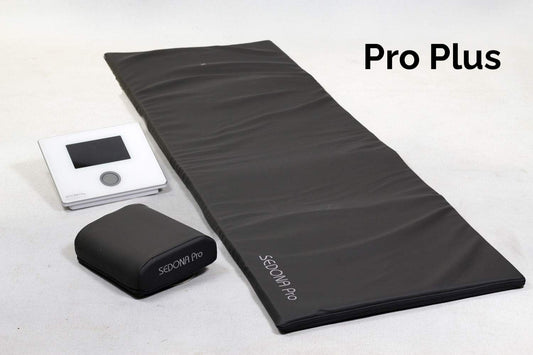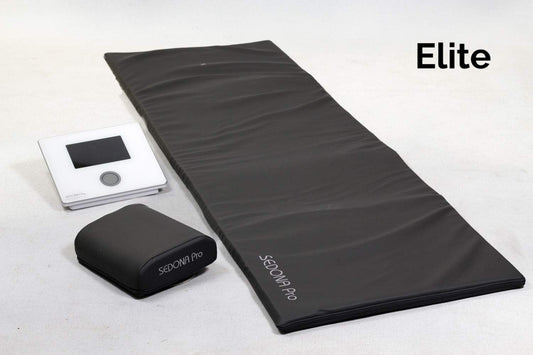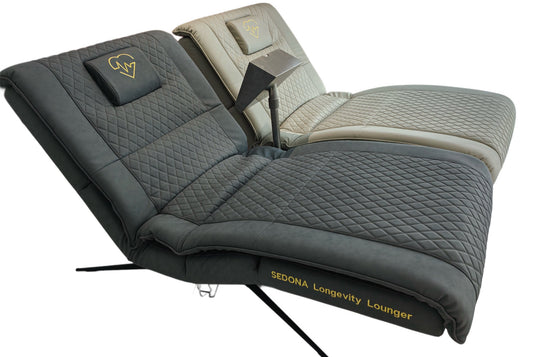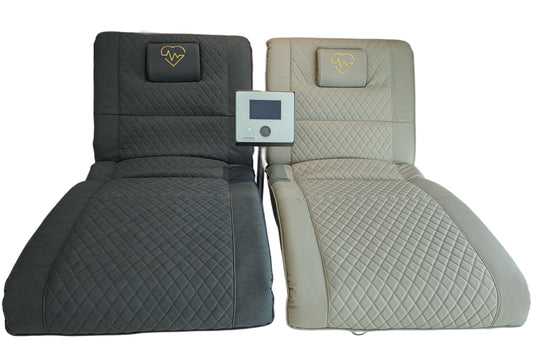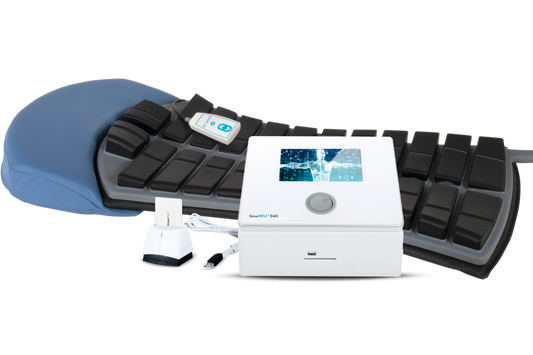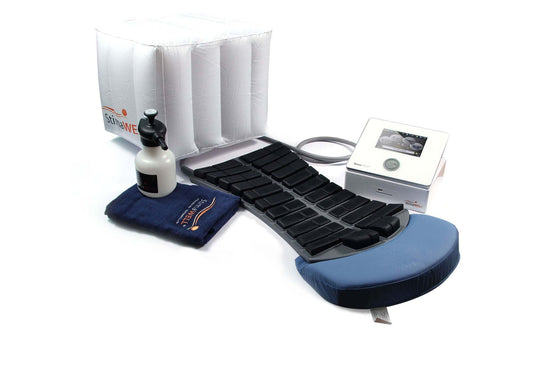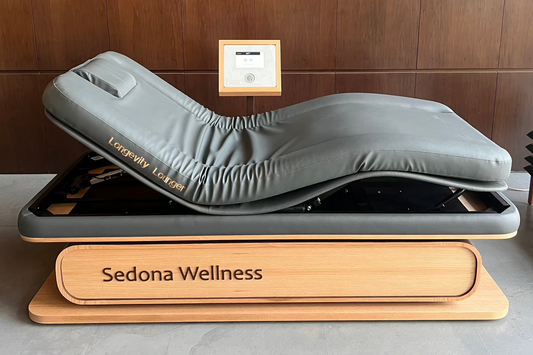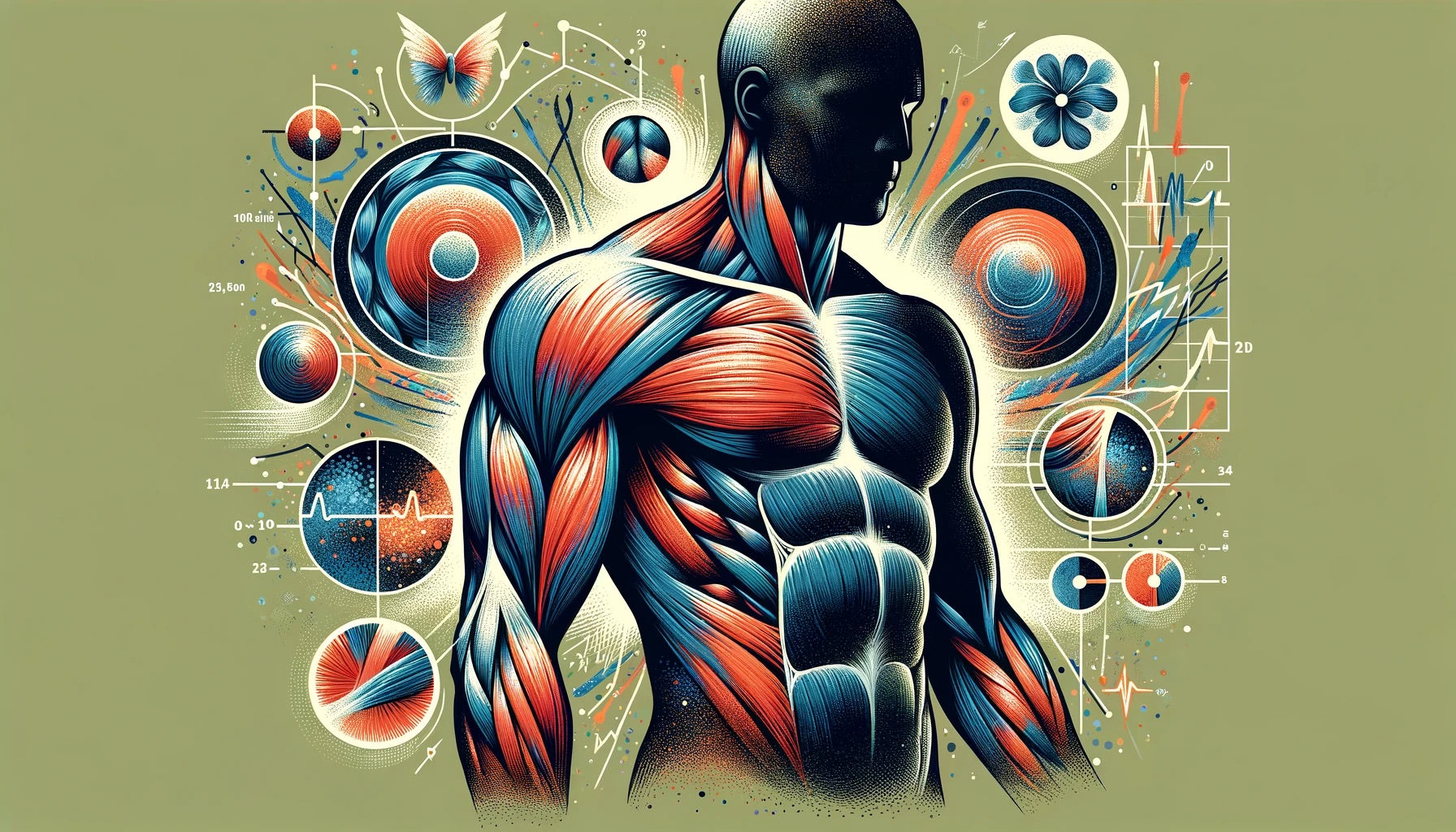
PEMF THERAPY FOR MUSCLE INJURY
PEMF (Pulsed Electromagnetic Field) therapy is an innovative, non-invasive treatment option that has shown significant promise in accelerating the healing process of muscle injuries. This therapy leverages electromagnetic fields to enhance cellular repair and reduce inflammation, making a PEMF mat an invaluable tool for athletes, fitness enthusiasts, or anyone recovering from muscle injuries. Here's a detailed exploration of how PEMF therapy can aid in the recovery of muscle injuries and why investing in a PEMF mat could be a wise decision for enhancing your rehabilitation and recovery process.
Understanding Muscle Injuries and PEMF Therapy
Muscle injuries, such as strains and contusions, are common and can result from overuse, trauma, or insufficient warm-up before physical activity. These injuries can cause pain, swelling, and reduced function, impacting daily activities and sports performance. Traditional treatments include rest, ice, compression, and elevation (RICE), along with physical therapy. PEMF therapy complements these treatments by promoting faster recovery at the cellular level.
How PEMF Therapy Helps with Muscle Injuries
Enhancement of Cellular Repair and Regeneration:
PEMF therapy stimulates cellular processes by inducing electrical changes that boost the production of ATP (adenosine triphosphate), the energy currency of the cell. This increased ATP production enhances the cell's ability to repair itself, speeding up the healing process of damaged muscle tissues.
Reduction of Inflammation and Swelling:
The electromagnetic fields generated by PEMF therapy have been shown to reduce inflammation markers in the body. By decreasing inflammation, PEMF therapy can alleviate pain and swelling, allowing for quicker recovery and reduced discomfort.
Increase in Circulation:
Improved blood flow is crucial for the healing of any injury, including muscle damage. PEMF therapy promotes vasodilation, which increases blood flow to the affected area, enhancing the delivery of oxygen and nutrients needed for repair while removing waste products and excess fluid.
Pain Relief:
PEMF therapy can modulate pain signals sent to the brain, effectively reducing the perception of pain. This analgesic effect is crucial for managing discomfort during the recovery process and can reduce the dependency on pain medication.
PEMF MAT BENEFITS FOR MUSCLE INJURIES
Our PEMF mat is specifically designed to optimize the therapeutic effects for individuals recovering from muscle injuries:
Broad Coverage:
The large surface area of the mat allows for treatment of multiple muscle groups simultaneously, making it ideal for addressing general soreness or targeted injuries.
Customizable Settings:
With various settings for intensity and frequency, the PEMF mat can be tailored to suit the specific needs of your injury, whether it's a mild strain or a more severe muscle tear.
Ease of Use:
Designed for everyday convenience, our PEMF mat can be used in the comfort of your own home, allowing for consistent therapy sessions that integrate seamlessly into your recovery routine.
Safety and Comfort:
Made from high-quality materials, our mat is safe and comfortable for regular use, ensuring a positive experience during each therapy session.
CONCLUSION
Incorporating a PEMF mat into your recovery strategy for muscle injuries offers a unique and effective approach to enhance traditional treatment methods. By improving cellular repair, reducing inflammation, enhancing circulation, and managing pain, PEMF therapy can significantly accelerate your recovery time and help you return to normal activities more quickly.
Embrace the healing potential of PEMF therapy with our advanced PEMF mat. Enhance your recovery process and regain optimal muscle function with this innovative technology.
RECOMMENDED PROGRAMS
If you already own one of our PEMF Mats we recommend these programs for Muscle Injury:
-
SEDONA PRO/PRO PLUS PEMF MAT
Sport: 8, 9
-
SEDONA ELITE PEMF MAT
Wellness: 8
Longevity: 6, 7, 8
STUDIES
-
Read Study
PubMed - Pulsed Electromagnetic Fields Induce Skeletal Muscle Cell Repair by Sustaining the Expression of Proteins Involved in the Response to Cellular Damage and Oxidative Stress
-
Read Study
PubMed - Effect of Pulsed Electromagnetic Fields (PEMFs) on Muscular Activation during Cycling: A Single-Blind Controlled Pilot Study
-
Read Study
Science Direct - Effects of pulsed electromagnetic field therapy on delayed-onset muscle soreness in biceps brachii
SEDONA WELLNESS PRODUCTS
-
SEDONA PEMF FACEMASK
Vendor:Sedona Wellness4.75 / 5.0
(4) 4 total reviews
Regular price $390.00 USDRegular priceUnit price / per -
TIMMYZZZ PEMF PILLOW
Vendor:Sedona Wellness4.67 / 5.0
(3) 3 total reviews
Regular price $390.00 USDRegular priceUnit price / per -
SEDONA PRO PEMF MAT
Vendor:Sedona Wellness5.0 / 5.0
(12) 12 total reviews
Regular price From $5,900.00 USDRegular priceUnit price / per -
SEDONA PRO PLUS PEMF MAT
Vendor:Sedona Wellness5.0 / 5.0
(8) 8 total reviews
Regular price From $6,900.00 USDRegular priceUnit price / per -
SEDONA ELITE PEMF MAT
Vendor:Sedona Wellness5.0 / 5.0
(20) 20 total reviews
Regular price From $7,900.00 USDRegular priceUnit price / per -
SEDONA PEMF CHAIR
Vendor:Sedona WellnessRegular price From $15,900.00 USDRegular priceUnit price / per -
STIMAWELL EMS BACK MAT
Vendor:Sedona WellnessRegular price $16,900.00 USDRegular priceUnit price / per -
LONGEVITY LOUNGER PEMF BED
Vendor:Sedona WellnessRegular price From $21,900.00 USDRegular priceUnit price / per



